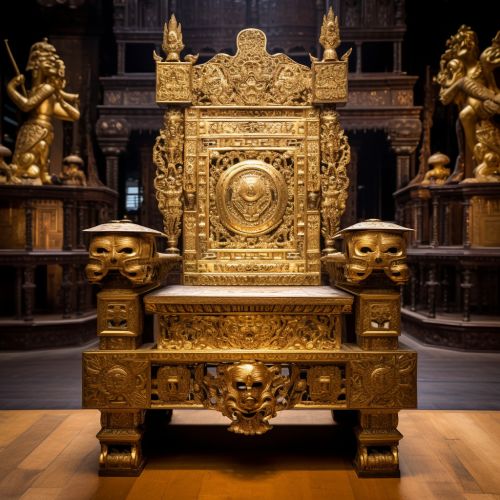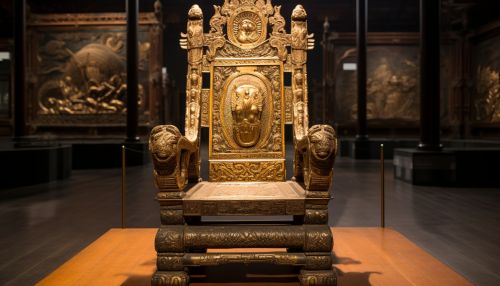Sapa Inca
Early History
The Sapa Inca, also known as the 'Emperor' or 'The Only Inca', was the ruler of the Kingdom of Cusco and later, the Inca Empire. The position of Sapa Inca was hereditary, passed down to the eldest son upon the death of the previous monarch. The first Sapa Inca was Manco Capac, who, according to Inca mythology, was the son of the sun god, Inti.


Political Structure
The Sapa Inca was the supreme ruler of the empire, and his authority was considered absolute. He was the head of the state and the government, and his decisions were final. The Sapa Inca was also the chief military commander, and he had the power to declare war or peace. The Sapa Inca's political power was supported by a complex administrative system, which included a council of advisors, provincial governors, and local chiefs.
Religious Significance
In the Inca religion, the Sapa Inca was considered the 'son of the sun' and a living god. He was the head of the state religion and the chief priest. The Sapa Inca performed important religious ceremonies and rituals to ensure the favor of the gods, particularly Inti, the sun god. The Sapa Inca was also responsible for maintaining the sacred sites and temples of the empire.
Daily Life
The daily life of the Sapa Inca was filled with rituals and ceremonies. He was always surrounded by a retinue of servants, priests, and advisors. The Sapa Inca lived in a luxurious palace, and he wore the finest clothes and jewelry. Despite his opulent lifestyle, the Sapa Inca was expected to lead a disciplined life. He was required to fast and pray regularly, and he was not allowed to indulge in excessive drinking or eating.
Legacy
The legacy of the Sapa Inca is evident in the ruins of the Inca Empire, particularly in the city of Cusco, which was the capital of the empire. The Sapa Inca's influence can also be seen in the Quechua language and culture, which continue to thrive in the Andean region.
